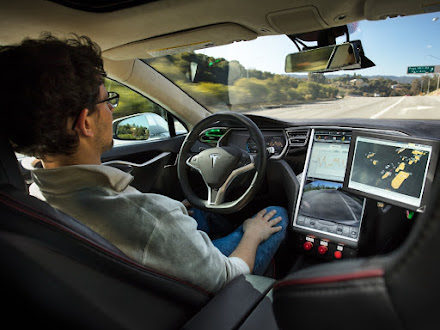From Surgery to Safety: Best Practices for Surgical Disinfection in Hospitals

Hospital Surgical Disinfectants Maintaining the highest levels of hygiene is crucial in the intricate world of contemporary healthcare. Hospital surgical disinfectants are one of the most important elements that protect patient health. These specialist solutions are intended to destroy germs, averting the possibility of infections developing during surgical procedures. Products and procedures that guarantee sterile and secure surgical environments change along with medical practices. The Importance of Surgical Disinfection Surgical site infections (SSIs) are a significant concern in healthcare, posing risks to patient recovery and increasing the burden on healthcare systems. Effective Hospital Surgical Disinfectants minimizes these risks, ensuring that surgical instruments, surfaces, and the operative field are free from harmful microorganisms. This not only protects patients but also enhances overall healthcare outcomes. Types of Surgical Disinfectants Surgical disinfec...





